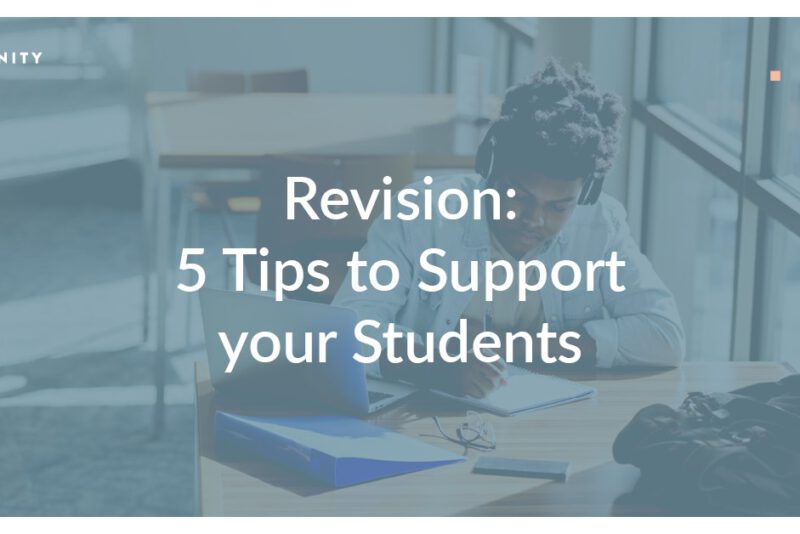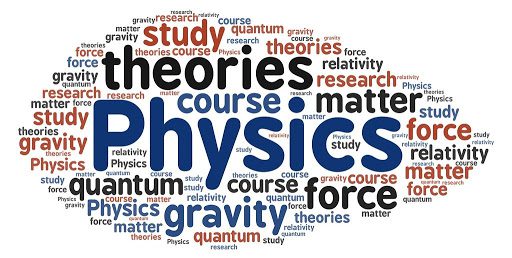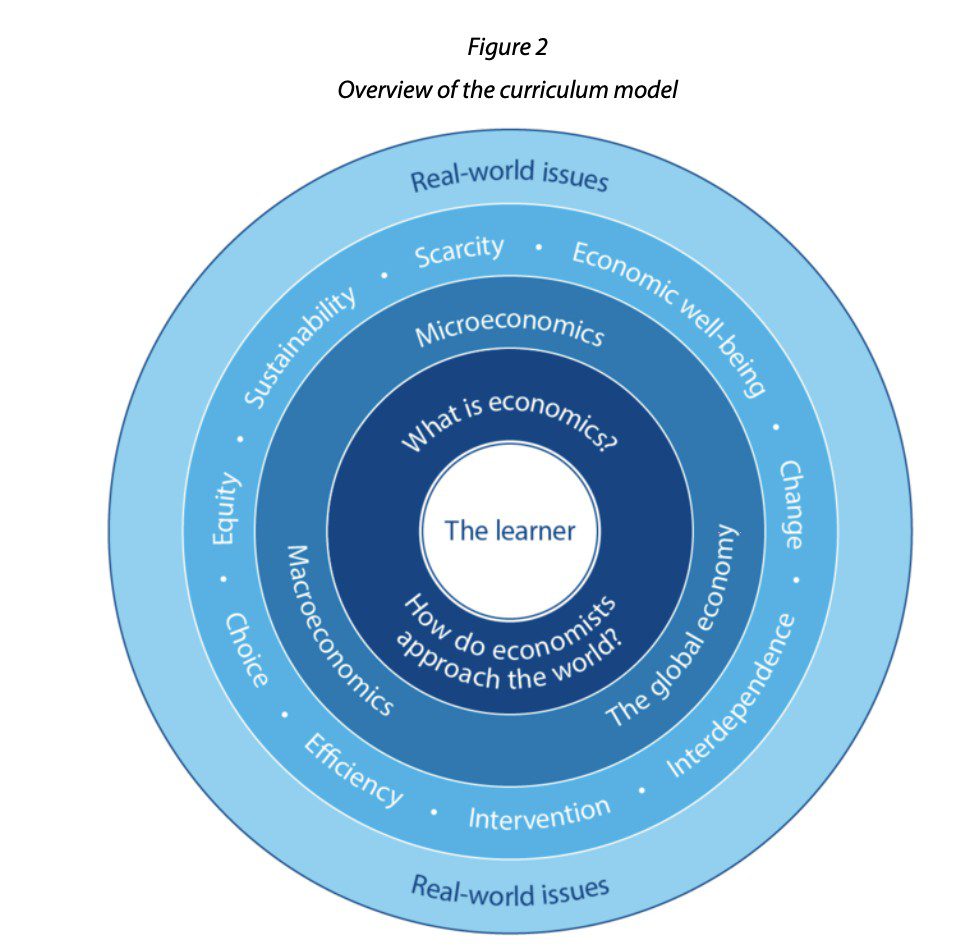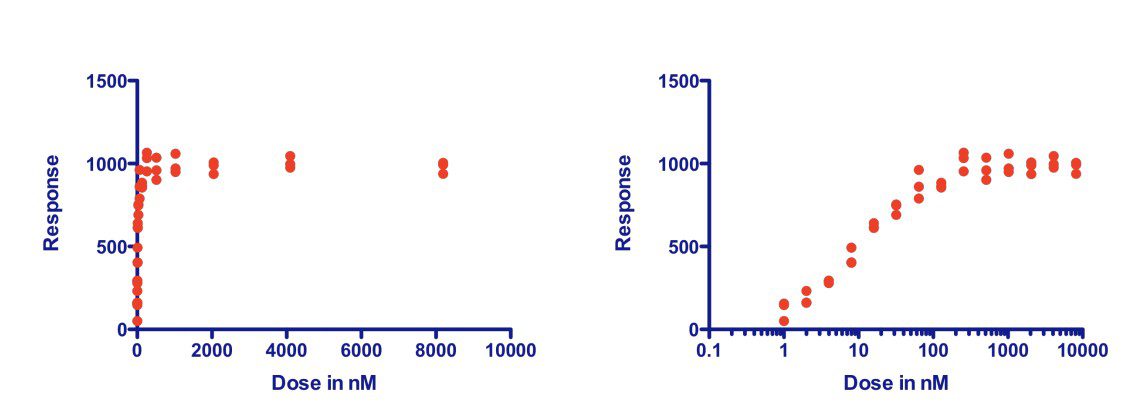Revision: 5 Tips to Support Your Students
In the last month I have just facilitated some revision for exam candidates who are facing their days of judgement in the next few weeks. It made me think about their approach to revision and a few key suggestions for it.
No matter what the subject, I think the following are key elements to success in exams:
Knowledge
- of the subject and course structure.
- of the meaning of command words used in the questions in the exams for that subject.
- of the subject-specific vocabulary.
- of examples of key concepts or ideas.
Understanding
- of key concepts and principles on which the course is based.
- of the links between various parts of the course.
Mastery of skills
- the ability to interpret stimulus materials such as graphs, pictures, cartoons, infographics and texts.
- the ability to write essays and longer answers in a logical and balanced way.
Exam technique
- knowledge of the structure of the exam.
- effective use of reading time.
- use of time in the exam.
- practice using past exam papers in the same time frame as the exam.
Personal well-being and composure
Knowledge
One of the key elements of revision for students is a basic knowledge of the syllabus that they work with. Give your students a copy of the syllabus as a checklist to ensure that they have revised and summarised each section of the syllabus. It is useful to show the students exam questions which have been drawn from the respective parts of the syllabus. It is worth commenting on the type of question that might arise from each section. The essential points that are posted at the end of each section of Kognity’s textbooks are invaluable in helping students learn the key points of their subject.
As a subject teacher and examiner, I am amazed that students don’t have a better understanding of the command words used by the examiner to frame questions. In questions requiring students to write extended answers or essays that include commands such as evaluate or discuss, students tend not to consider the implication to elaborate on counterarguments to their own view.
Software like Quizlet is invaluable for helping students to learn the meanings of these words.
Examiners are looking for little cues in responses from candidates about their knowledge about a particular subject. This is particularly so when the examiner is reading hundreds of answers online. It is very important that students can use subject-specific vocabulary in a relevant context. A student writing about a piece of poetry needs to be able to describe its metre, while a psychology candidate should be able to talk in a meaningful way about behaviourism.
Understanding
In the International Baccalaureate subject guides, the syllabi are based on key concepts. In Geography, for example, the syllabus is centred on four key concepts: Place, Power, Possibilities and Process.
It is important that students understand what these concepts mean and how they are relevant to each section of the course. In the Kognity online books, concepts are clearly marked out in boxes within the text to help students understand these.
(Taken from Kognity book on Theory of Knowledge)
Within many courses it is possible to see links between various sections of the course. It is very helpful for students to have an overview and understanding of the course as a whole. It is worthwhile talking through the relationships between various parts of the course with students. The following example is taken from the International Baccalaureate Guide for Economics.
(IB Economics Guide, Geneva 2020)
Mastery of skills is also important.
In subjects where data has to be analysed, it is often presented as a graph. Students need to be exposed to different types of graphs as preparation (standard line, bar and pie charts and more exotic graphs such as triangular graphs) and to use different types of scales (for example with logarithmic axes). The diagram below shows the difference between a graph using geometric values and one using logarithmic values.
A really important tip for students is to look at the values shown on both x and y axes so that they interpret them correctly. In economics, they need to be able to construct their own economic graphs and diagrams using standardised values and labels. Kognity’s textbooks provide a wide range of graphs which students can examine.
In some subjects, students may be asked to interpret infographics. The students should ask themselves some basic questions about infographics:
- What information do they try to convey?
- Who is the audience that the designer is trying to influence?
- Is the information being presented valid? (Is the source of information reliable?)
- What other information is missing that would improve the infographic?
(An example of an infographic can be found in Kognity’s textbook on Geography here)
I found that regular exposure to the infographics that can be found in Kognity books and online magazines such as The Economist and Forbes is useful for students.
One of the biggest challenges for students is producing coherent essays with a balanced set of arguments in exams. It is important to help students by providing some scaffolding for planning essays. Let us break down the steps that they should follow:
- The introductory paragraph
Students should rephrase the question, define key terms or phrases and interpret them in the way that they wish to approach the question. Then in eight to ten lines they should outline their key arguments. They should try to provide both sides of a particular argument and not focus on one side.
- The paragraphs in the body of the essay. (There should be at least four of these in the essay.)
Each paragraph should be based on one or two key points of the argument presented in the introduction. The structure of each paragraph should be:
P – the key point that is being made.
E – explanation of the key point in two or three sentences.
E – evidence: a quote, statistics or other opinions that support the point
A – analysis of the point being made and evaluation of its validity
L – links back to the question and summary of the arguments being presented in the paragraph.
- The concluding paragraph
This should evaluate all of the arguments that have been presented in
the essay in relation to the question that has been set. A trap for many students is that they simply summarise all of the arguments in the essay.
A teaching tip for scaffolding students with essay writing is to write the introduction paragraph and then get the students to write the relevant body paragraphs and conclusions to a question that you have posed.
Exam technique
It is very important that students are familiar with how the paper is structured, read general instructions carefully and have all the materials they will need (calculator if necessary, pens, pencils etc).They should also practise the use of reading time. Students need to read the whole paper in this time and should prioritise looking at the questions that are worth a lot of marks and give them options. During this time, they need to start thinking of plans for longer answers. It is also important to stress to students the importance of time management in the exams. They should allocate appropriate time for each section of the paper according to its value in marks.
It is important that students have a good idea of how their answers are going to be marked. They should be shown the marking criteria for extended answers so that they understand how they will be assessed.
Lastly in this section, it is important to give students plenty of practice in dealing with past exam papers and exam style questions. There should be times in the revision period when students have to answer a whole paper in the time allocated for that paper so that they get used to exam pressures.
Student well-being
It is really important that students go into exams in a rested and positive manner. They need to have a decent night’s sleep before exams and not spend the night before the exams cramming as there is much research to suggest that this is largely ineffective. They should arrive at the exam centre in time for the exam and with all the equipment they need.
Once in the exam room, it is time for students to be composed and calm, and they must have self-belief and confidence in their abilities. It is important for students to think their way through the paper and not panic if something is expressed in a slightly different way.
References
Cannings, John “Unpublished Geography Revision Book”
IB Diploma, Economics Guide (2019, Geneva)
Kognity “Geography online textbook” (2017, Stockholm)
Kognity “Theory of Knowledge online textbook” (2019, Stockholm)
“Use of logarithmic graphs” on (https://s3.amazonaws.com/cdn.graphpad.com/faq/1910/file/1487logaxes.pdf)





